In this webinar, our experts showcase a variety of demo use cases of how different components of the...
Microsoft Business Applications Practice
- Products & Technology
- Industries
- Services
- Support
- Education
- Solutions
- Blog & Resources
Latest Blog Posts
PD9waHAgJGFyZ3MgPSBhcnJheSgKICAgICAgICAncG9zdF90eXBlJyA9PiAncG9zdCcsCiAgICAgICAgJ3Bvc3Rfc3RhdHVzJyA9PiAncHVibGlzaCcsCiAgICAgICAgJ3Bvc3RzX3Blcl9wYWdlJyA9PiAzLAogICAgICAgICdvcmRlcmJ5JyA9PiAnZGF0ZScsCiAgICAgICAgJ29yZGVyJyA9PiAnREVTQycsCiAgICApOwogICAgJHJlbGF0ZWRfaXRlbXMgPSBuZXcgV1BfUXVlcnkoICRhcmdzICk7CiAgICBpZiAoJHJlbGF0ZWRfaXRlbXMtPmhhdmVfcG9zdHMoKSkgOgogICAgd2hpbGUgKCAkcmVsYXRlZF9pdGVtcy0+aGF2ZV9wb3N0cygpICkgOiAkcmVsYXRlZF9pdGVtcy0+dGhlX3Bvc3QoKTsKICAgID8+CgkgIDxhIGhyZWY9Ijw/cGhwIHRoZV9wZXJtYWxpbmsoKTsgPz4iPgogICAgICAgIDxkaXYgY2xhc3M9Im5hdi1wb3N0LXdyYXAiPgogICAgICAgICAgPGRpdiBjbGFzcz0ibmF2LWZlYXQtaW1nIj4KICAgICAgICAgICAgIDw/cGhwIHRoZV9wb3N0X3RodW1ibmFpbCgpOz8+CiAgICAgICAgICA8L2Rpdj4KICAgICAgICAgIDxkaXYgY2xhc3M9Im5hdi1wb3N0LXRleHQiPgogICAgICAgICAgICA8ZGl2IGNsYXNzPSJwb3N0LXRpdGxlIj48P3BocCB0aGVfdGl0bGUoKTsgPz48L2Rpdj4KICAgICAgICAgICAgPGRpdiBjbGFzcz0icG9zdC1leGNlcnB0Ij48P3BocCB0aGVfZXhjZXJwdCgpOyA/PjwvZGl2PgogICAgICAgICAgPC9kaXY+CiAgICAgICAgPC9kaXY+CiAgICAgIDwvYT4KICAgIDw/cGhwCiAgICBlbmR3aGlsZTsKICAgIGVuZGlmOwogICAgd3BfcmVzZXRfcG9zdGRhdGEoKTsKPz4KPGRpdiBjbGFzcz0ibmF2LWJ0bi13cmFwIj4KICA8YSBocmVmPSIvYmxvZy8iIGNsYXNzPSJuYXYtcG9zdHMtYnRuIj5SZWFkIHRoZSBCbG9nPC9hPgo8L2Rpdj4=Latest Resources
 How Microsoft Power Platform is helping to modernize and enable...
How Microsoft Power Platform is helping to modernize and enable... Deliver an Extraordinary Omnichannel Experience
Deliver an Extraordinary Omnichannel ExperienceBusinesses that provide multiple touchpoints for customer service—powered by intelligent automation...
 Data Interoperability Key to Improving the Patient Experience
Data Interoperability Key to Improving the Patient ExperienceAs the healthcare industry continues its shift to patient-centric care...
More...
PO TV
PO TV is your designation for Dynamics 365 video content.Events
PowerObjects offers a wide variety of Dynamics 365 events, trainings, and webinars.Careers
We're looking for bright, energetic and motivated people.News
PowerObjects' latest press releases and Microsoft Business Application news.Webinars on Demand
We record all of our webinars so they can be watched on demand at any time. - Contact



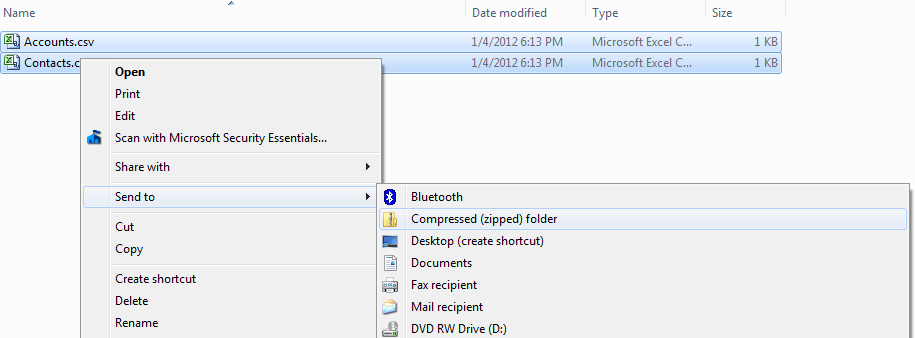
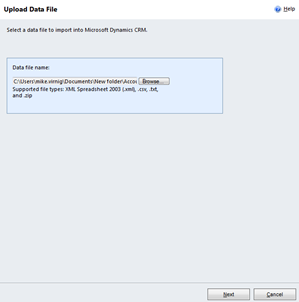
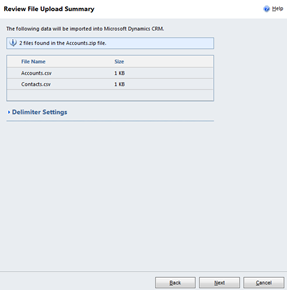
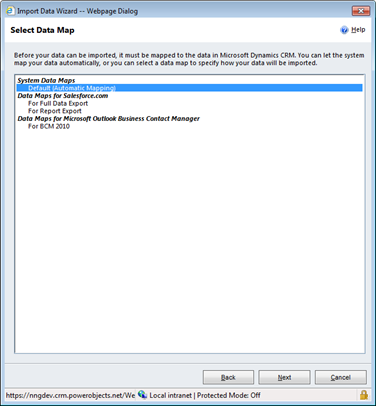
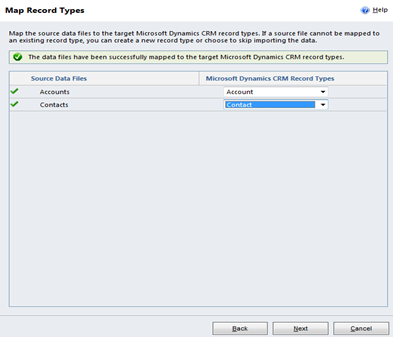
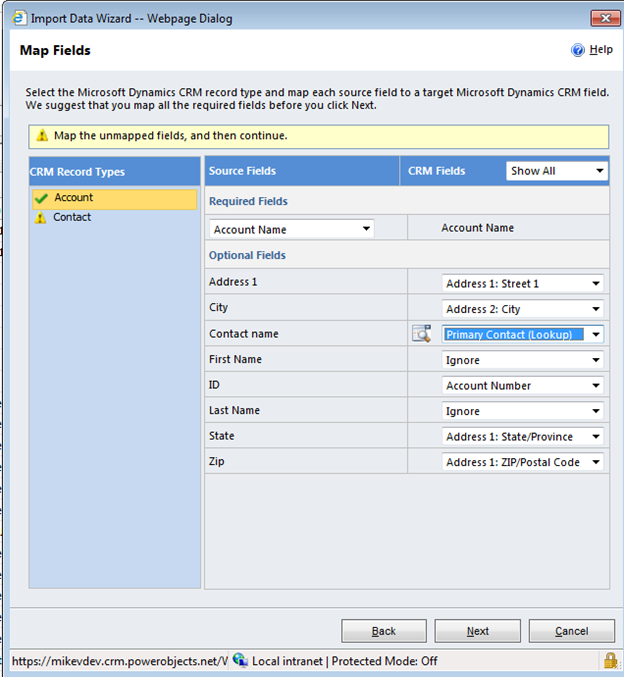

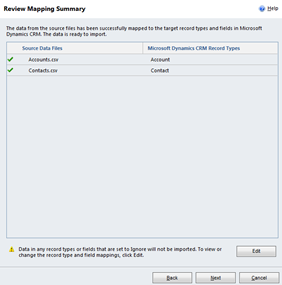
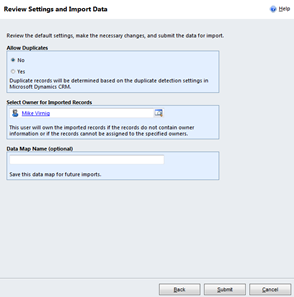

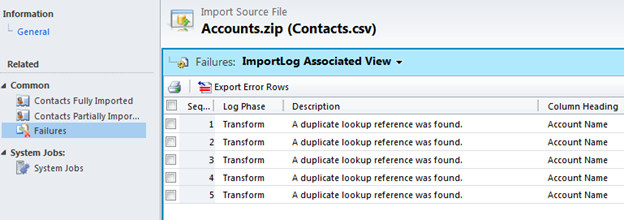





Hello JoeCRM
This is a very useful blog. Congratulations.
I'm setting a new Dynamics CRM for a client. They need to import large numbers of contacts. Many of these contacts belong to an account, but don't are primary contact. Each account can have 5, 10 or 15 contacts.
Can we import the contacts and to associate each one to your account directly? Or first import all contacts and then the relationship?
Than you for your response.
Eduardo.
Upsss!!! now, I understand the structure and the system for import contacts...
The standar import works exactly as we need...
Sorry for the question, which was totally unnecesary...
It's clear that your post is the perfect way to assign a primary contact to an account with multiple contacts.
Thanks again for the post and I apologize for my comment.
Eduardo.
Ok, your approach works, but if you're in other scenary where you have associated in one account the fields Parent Account and Primary Contact and one contact with parent customer field. How can I import account with primary contact and parent account And contact with parent account? If I use only one column “primary contact” or “parent account” in Account, the import is successful but when I use both the import doesn’t work.
Thanks for writing this example. Unfortunately i don't understand where the "parent customer" lookup is. I guess i am missing something simple. I have an acocunt csv files that is based off the template that you download. i added the account id column. the contact csv ads the account id and the primary contact yes / no column. But the mapping is very limiting and does 't have the values you use in your example. Any thoughts are greatly appreciated
The scenario doesn't make sense - when would this have a practical business application. I've asked this question often. How do you load Accounts and Contacts in a business scenario where your Contacts work with many Accounts. Say you sell to distributors. Best solution I came up with was a join entity. My secondary challenge was how do I identify the "Primary Contact" for an Account. I assume I have to create a role and can't leverage the Primary Contact. Primary contact lookups to children by default.